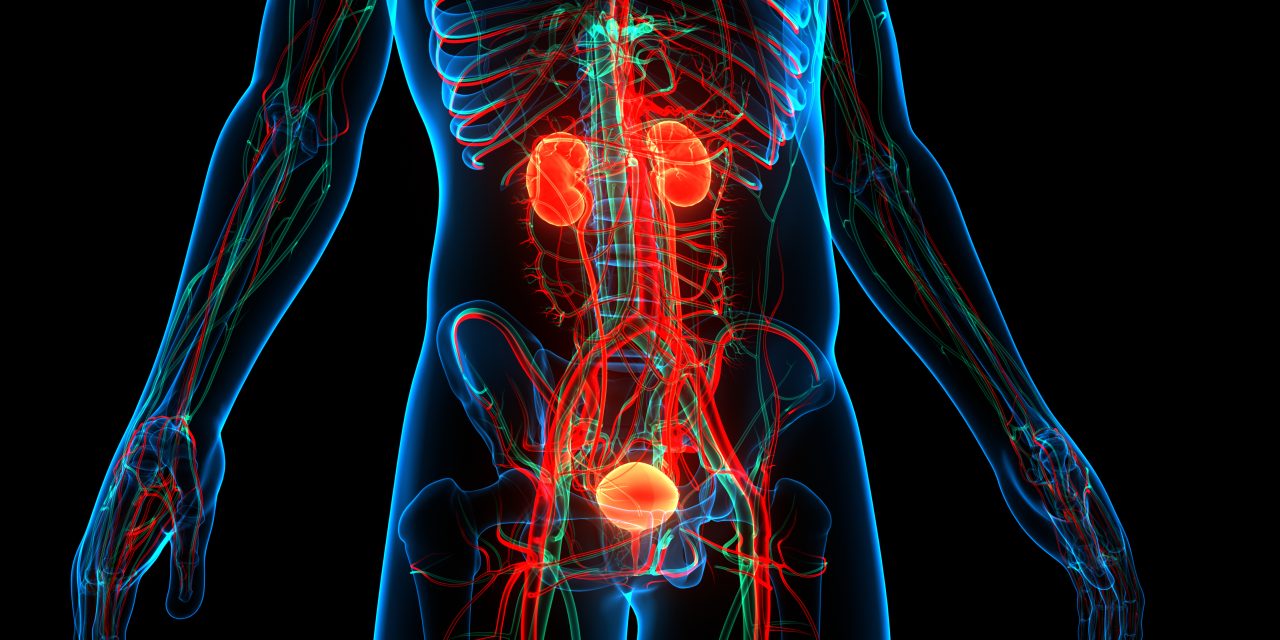To assess the severity, evolution, and behaviour of several urinary symptoms in patients with obstructive sleep apnea syndrome (OSAS) before and after the treatment with continuous positive airway pressure (CPAP).
A prospective study was performed on patients with a recent diagnosis of sleep apnea confirmed by nocturnal sleep polygraphy and absence of medical urological past history. The symptom incidence was analysed seeking predictive factors for initial nocturia, nocturnal polyuria (NP), and unfavourable International Prostate Symptoms Score (IPSS) before and after a 1-year period of treatment using a CPAP device. Morphometric variables (body mass index, BMI; neck and abdominal diameter) and functional respiratory variables (FEV1, FVC, and FEV1/FVC) were analysed. A multivariate analysis was performed with a calculation of Pearson’s correlation coefficient to establish a linear relation between the variables.
A total of 43 patients completed the two-step study (IPSS and bladder diary before and after the CPAP treatment). IPSS decreased by 3.58 points. Nocturia decreased to once per night. Neck diameter, FEV1, and FEV1/FVC significantly predicted the initial severity of some lower urinary tract symptoms (LUTS), (p=0.015, p=0.029, p=0.008, respectively). Neck diameter, abdominal perimeter, and FEV1/FVC significantly predicted the LUTS evolution throughout the study (p=0.023, p=0.007, p=0.05, respectively).
Some pre-treatment morphometry and spirometry parameters such as abdominal or neck diameter, FEV1, and FEV1/FVC were predictive of the severity and evolution of LUTS in patients with OSAS.
The role of morphometric and respiratory factors in predicting the severity and evolution of urinary symptoms in patients with obstructive sleep apnea syndrome.


